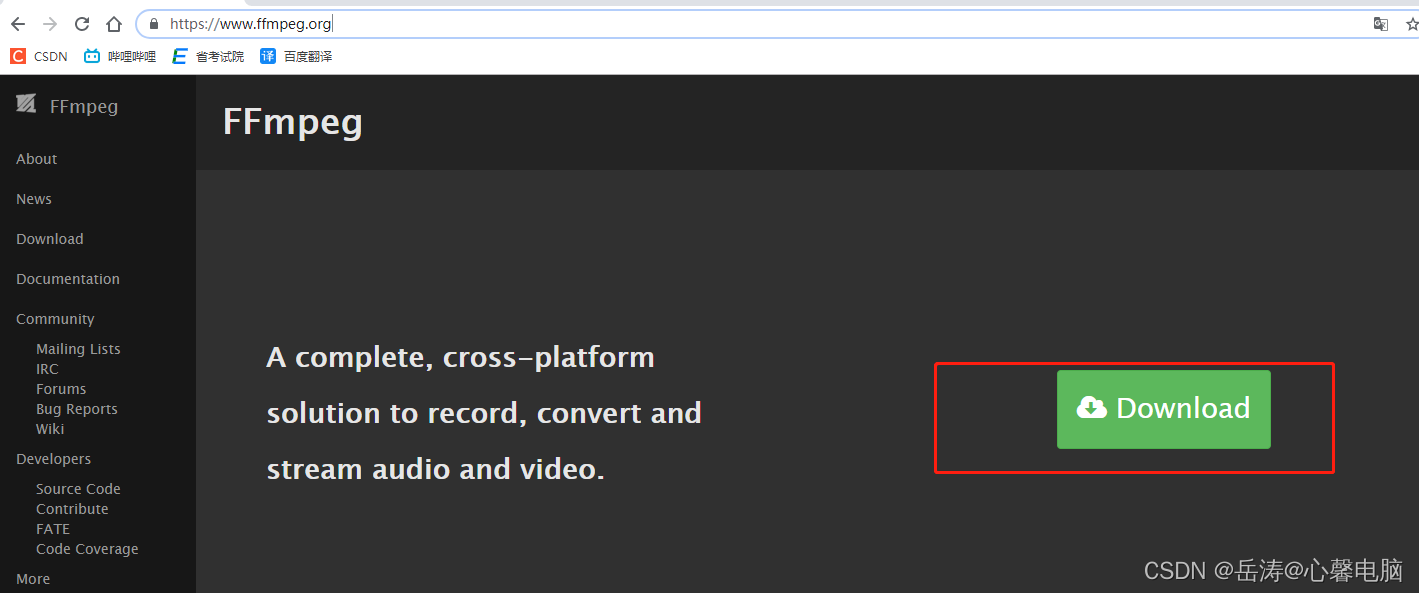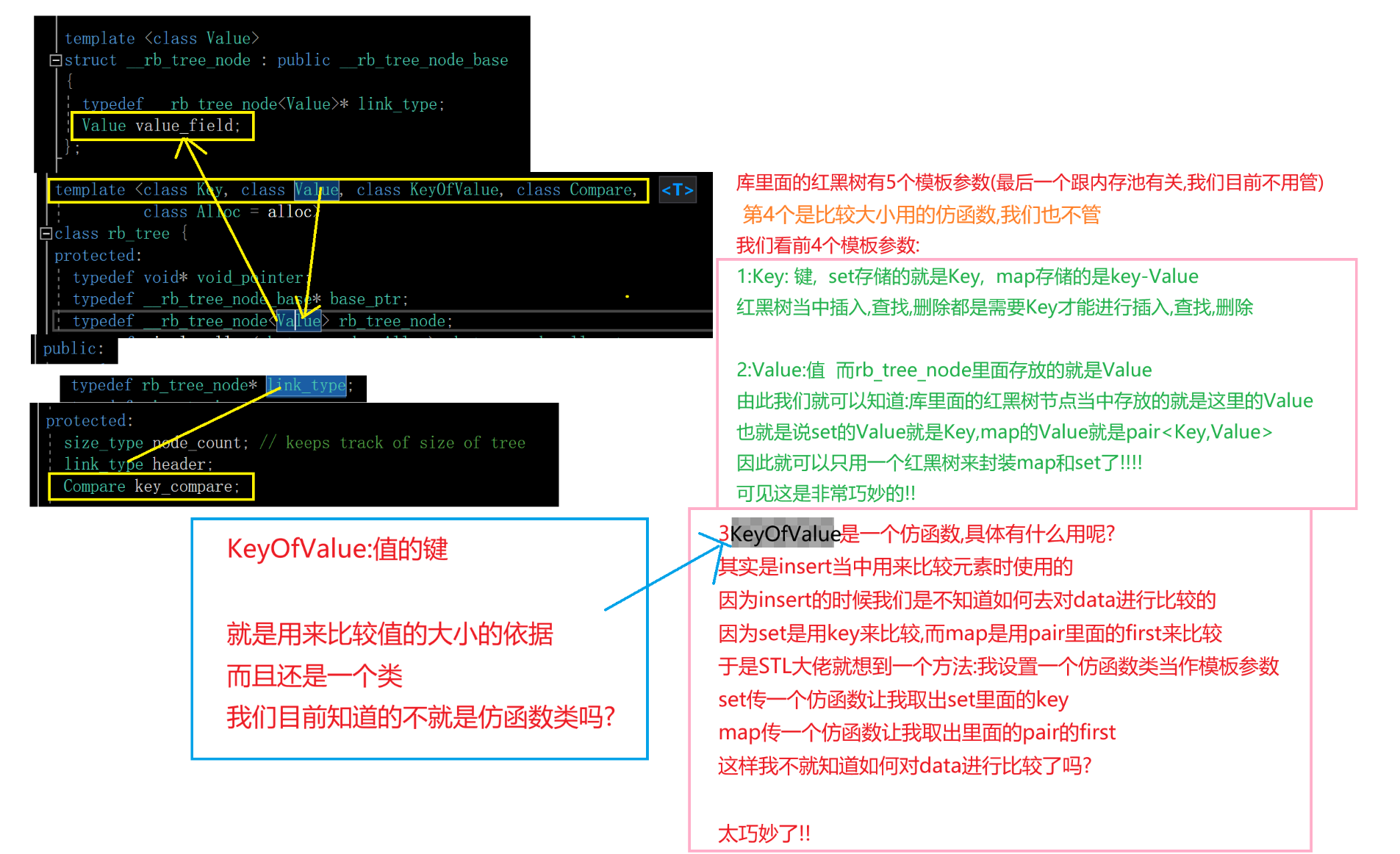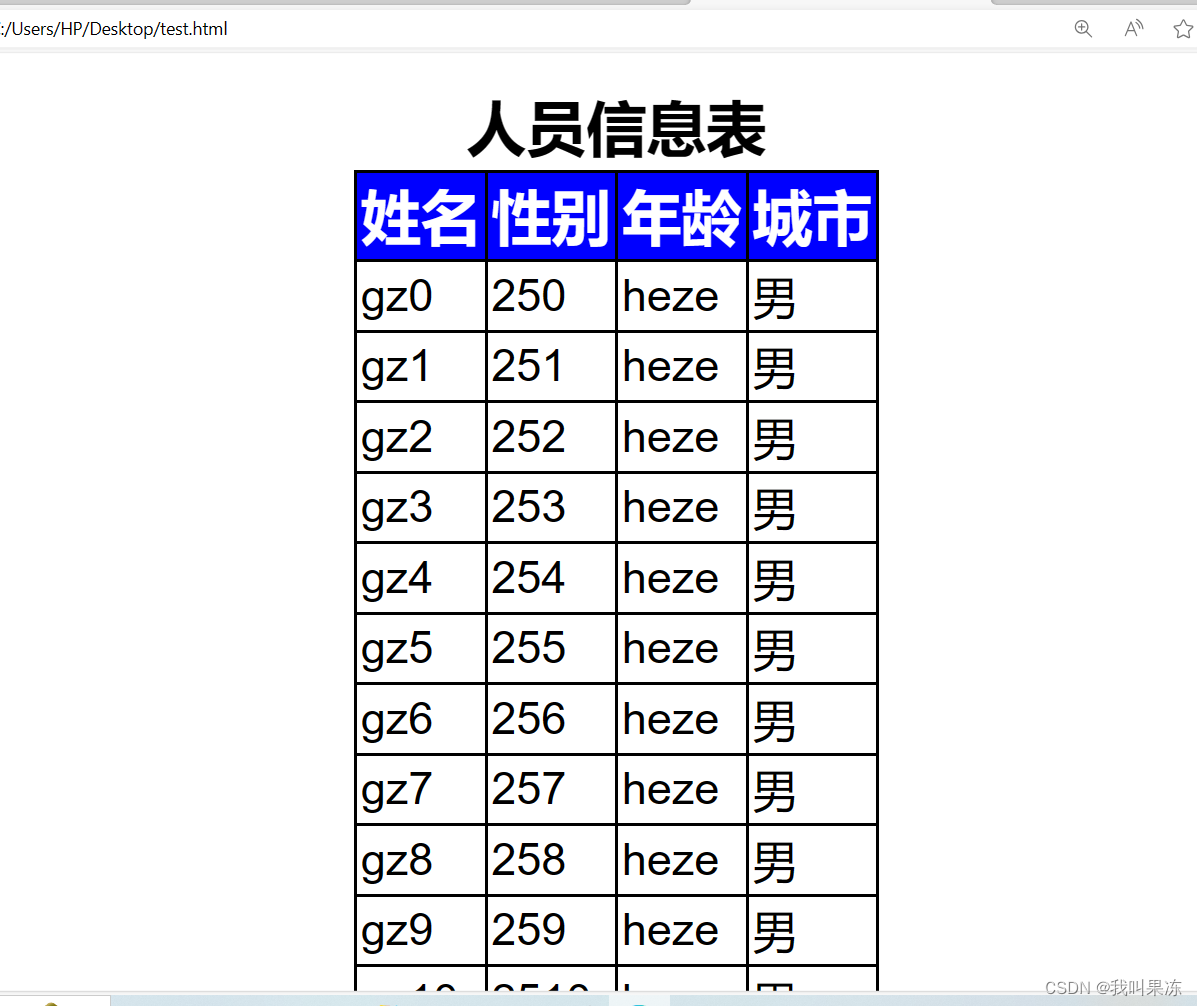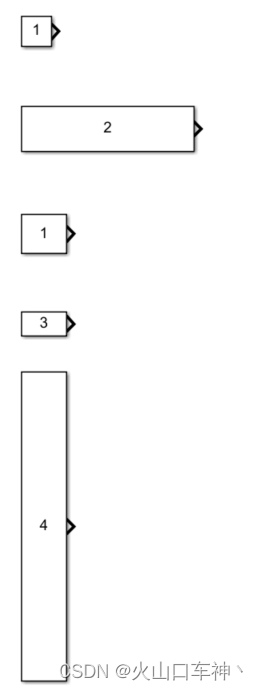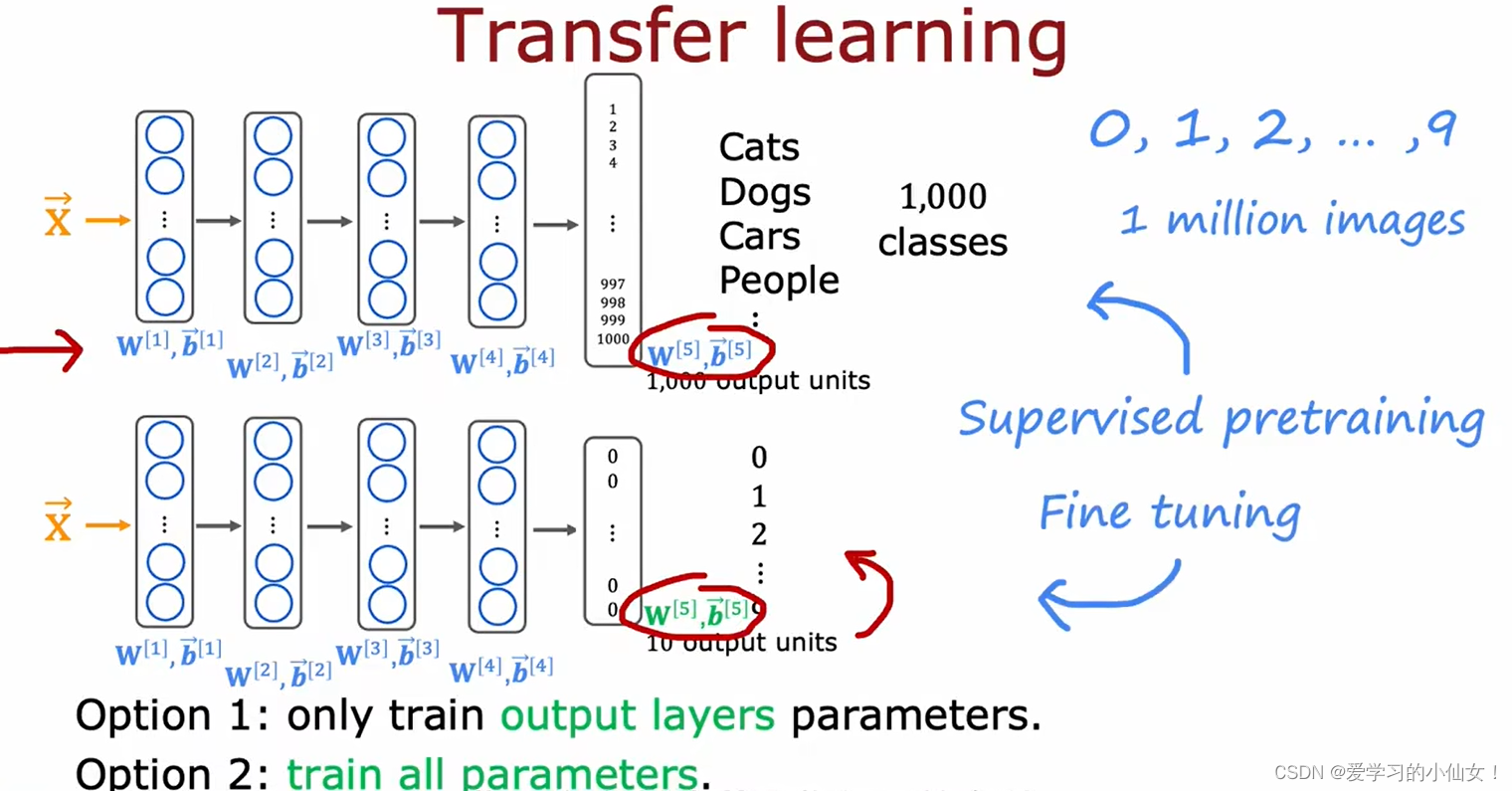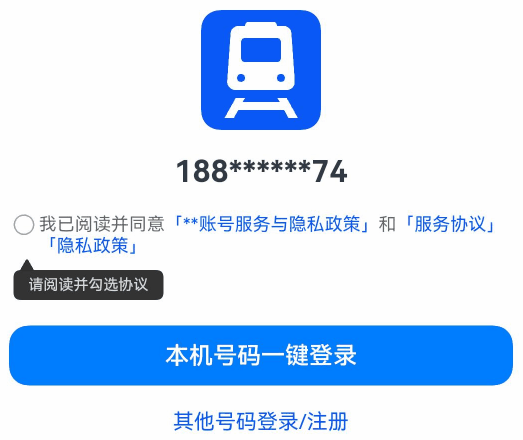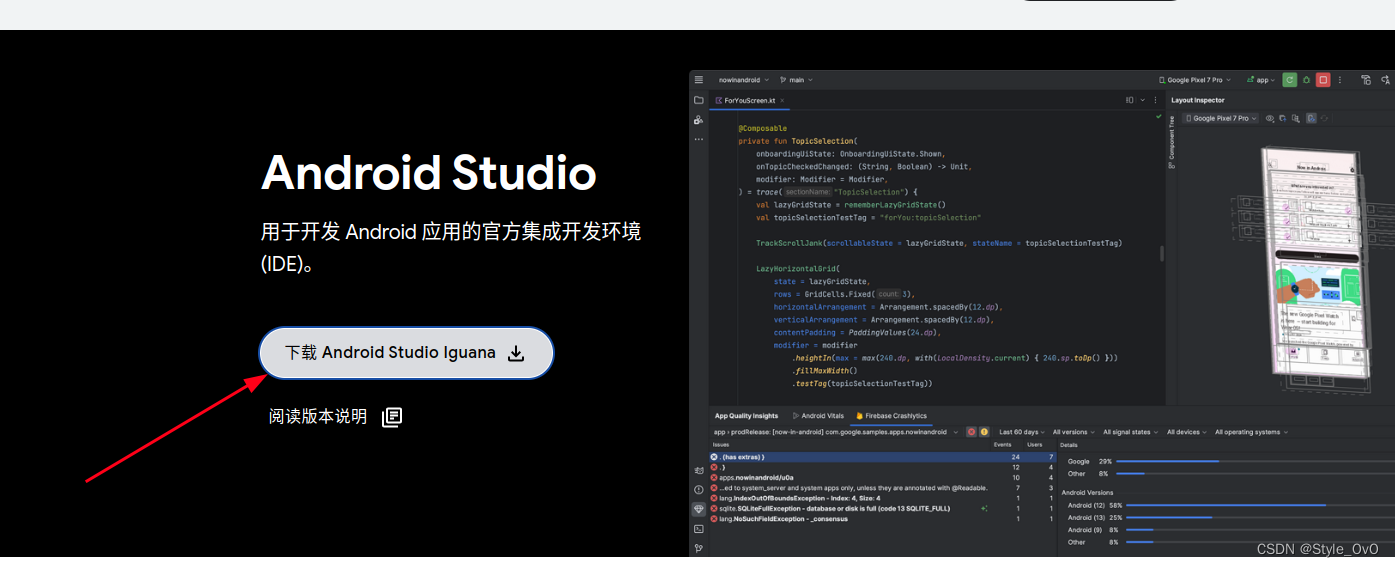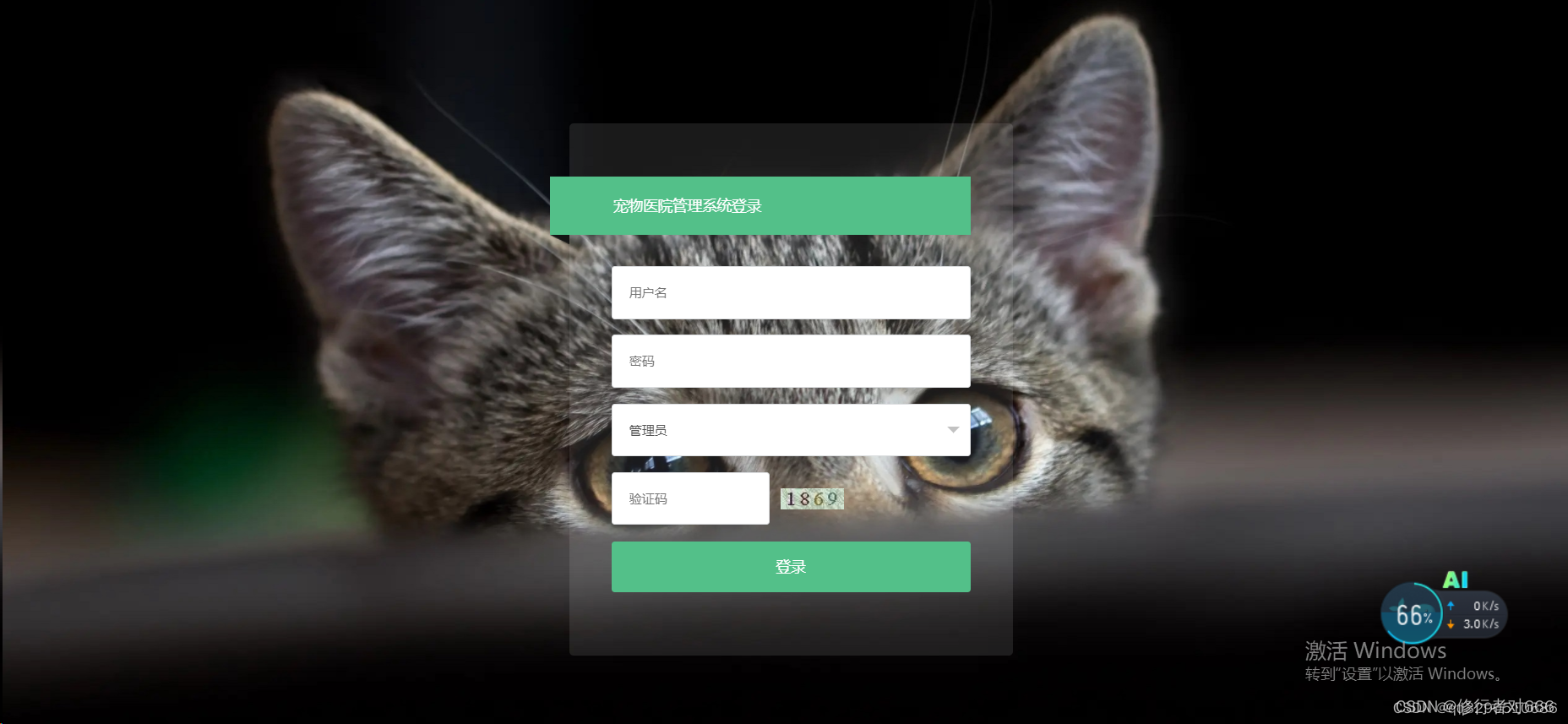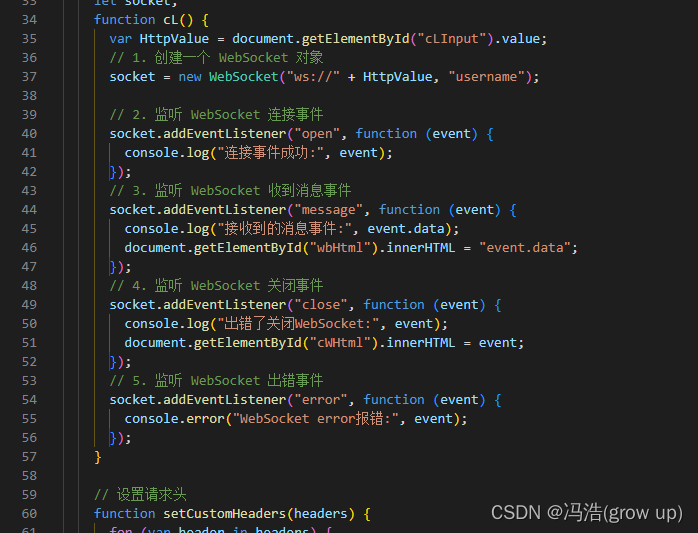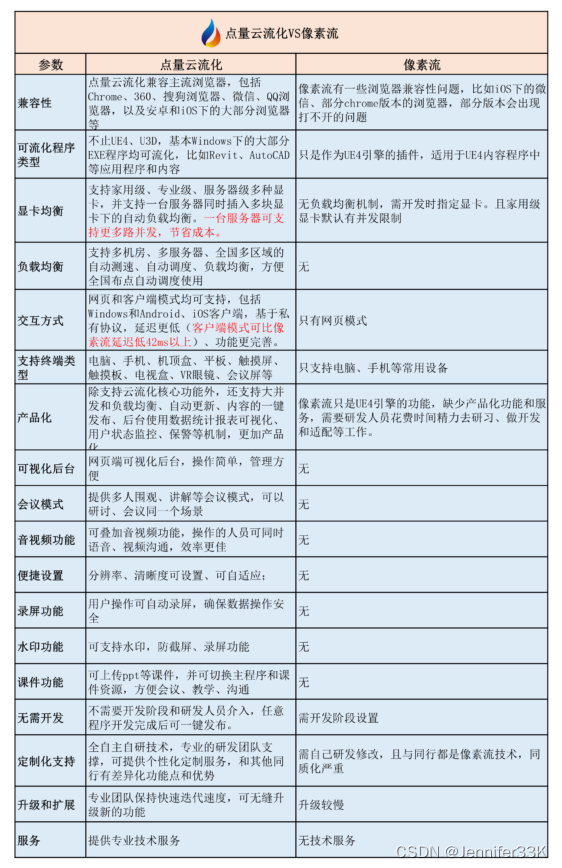文章目录
13.6.3 使用 hstore
首先,您需要从中导入自定义数据库类和 hstore 函数playhouse.postgres_ext(参见上面的代码片段)。然后,就像HStoreField在模型中添加 a 一样简单:
class House(BaseExtModel):
address = CharField()
features = HStoreField()
您现在可以在House实例上存储任意键/值对:
>>> h = House.create(
... address='123 Main St',
... features={'garage': '2 cars', 'bath': '2 bath'})
...
>>> h_from_db = House.get(House.id == h.id)
>>> h_from_db.features
{'bath': '2 bath', 'garage': '2 cars'}
您可以按单个键、多个键或部分字典进行过滤:
query = House.select()
garage = query.where(House.features.contains(‘garage’))
garage_and_bath = query.where(House.features.contains([‘garage’, ‘bath’]))
twocar = query.where(House.features.contains({‘garage’: ‘2 cars’}))
假设你想对房子进行原子更新:
>>> new_features = House.features.update({'bath': '2.5 bath', 'sqft': '1100'})
>>> query = House.update(features=new_features)
>>> query.where(House.id == h.id).execute()
1
>>> h = House.get(House.id == h.id)
>>> h.features
{'bath': '2.5 bath', 'garage': '2 cars', 'sqft': '1100'}
或者,或者原子删除:
>>> query = House.update(features=House.features.delete('bath'))
>>> query.where(House.id == h.id).execute()
1
>>> h = House.get(House.id == h.id)
>>> h.features
{'garage': '2 cars', 'sqft': '1100'}
可以同时删除多个键:
>>> query = House.update(features=House.features.delete('garage', 'sqft'))
您可以只选择键、值或压缩两者:
>>> for h in House.select(House.address, House.features.keys().alias('keys')):
... print(h.address, h.keys)
123 Main St [u'bath', u'garage']
>>> for h in House.select(House.address, House.features.values().alias('vals')):
... print(h.address, h.vals)
123 Main St [u'2 bath', u'2 cars']
>>> for h in House.select(House.address, House.features.items().alias('mtx')):
... print(h.address, h.mtx)
123 Main St [[u'bath', u'2 bath'], [u'garage', u'2 cars']]
您可以检索数据切片,例如所有车库数据:
>>> query = House.select(House.address, House.features.slice('garage').alias('garage_data'))
>>> for house in query:
... print(house.address, house.garage_data)
123 Main St {'garage': '2 cars'}
您可以检查是否存在键并相应地过滤行:
>>> has_garage = House.features.exists('garage')
>>> for house in House.select(House.address, has_garage.alias('has_garage')):
... print(house.address, house.has_garage)
123 Main St True
>>> for house in House.select().where(House.features.exists('garage')):
... print(house.address, house.features['garage']) # <-- just houses w/garage data
123 Main St 2 cars
13.6.4 间隔支持 Interval support
Postgres 通过INTERVAL数据类型(docs)支持持续时间。
class IntervalField([null=False[, ...]])
能够存储 Pythondatetime.timedelta实例的字段类。
例子:
from datetime import timedelta
from playhouse.postgres_ext import *
db = PostgresqlExtDatabase('my_db')
class Event(Model):
location = CharField()
duration = IntervalField()
start_time = DateTimeField()
class Meta:
database = db
@classmethod
def get_long_meetings(cls):
return cls.select().where(cls.duration > timedelta(hours=1))
13.6.5 服务器端游标 Server-side cursors
当 psycopg2 执行查询时,通常所有结果都由后端获取并返回给客户端。这可能会导致您的应用程序在进行大型查询时使用大量内存。使用服务器端游标,一次返回一点结果(默认为 2000 条记录)。有关最终参考,请参阅psycopg2 文档。
笔记
要使用服务器端(或命名)游标,您必须使用PostgresqlExtDatabase.
要使用服务器端游标执行查询,只需使用ServerSide()帮助程序包装您的选择查询:
large_query = PageView.select() # Build query normally.
# Iterate over large query inside a transaction.
for page_view in ServerSide(large_query):
# do some interesting analysis here.
pass
# Server-side resources are released.
如果您希望所有SELECT查询自动使用服务器端游标,您可以在创建时指定PostgresqlExtDatabase:
from postgres_ext import PostgresqlExtDatabase
ss_db = PostgresqlExtDatabase('my_db', server_side_cursors=True)
笔记
服务器端游标的生存时间与事务一样长,因此 peewee 不会commit()在执行SELECT 查询后自动调用。如果您commit在完成迭代后不这样做,您将不会释放服务器端资源,直到连接关闭(或事务稍后提交)。此外,由于 peewee 默认会缓存游标返回的行,因此您应该.iterator() 在迭代大型查询时始终调用。
如果您使用ServerSide()帮助程序,事务和调用iterator()将被透明地处理。
13.6.6 全文搜索 Full-text search
Postgresql使用特殊的数据类型(和)提供复杂的全文搜索。文档应存储或转换为类型,搜索查询应转换为 .tsvectortsquerytsvectortsquery
对于简单的情况,您可以简单地使用该Match()函数,它将自动执行适当的转换,并且不需要更改架构:
def blog_search(search_term):
return Blog.select().where(
(Blog.status == Blog.STATUS_PUBLISHED) &
Match(Blog.content, search_term))
该Match()函数将自动将左侧操作数转换为 a tsvector,将右侧操作数转换为 a tsquery。为了获得更好的性能,建议您GIN在计划搜索的列上创建索引:
CREATE INDEX blog_full_text_search ON blog USING gin(to_tsvector(content));
或者,您可以使用TSVectorField来维护用于存储tsvector数据的专用列:
class Blog(Model):
content = TextField()
search_content = TSVectorField()
笔记
TSVectorField, 将自动使用 GIN 索引创建。
tsvector在插入或更新search_content字段时,您需要将传入的文本数据显式转换为:
content = 'Excellent blog post about peewee ORM.'
blog_entry = Blog.create(
content=content,
search_content=fn.to_tsvector(content))
要执行全文搜索,请使用TSVectorField.match():
terms = 'python & (sqlite | postgres)'
results = Blog.select().where(Blog.search_content.match(terms))
有关详细信息,请参阅Postgres 全文搜索文档。
13.6.7 postgres_ext API 说明
class PostgresqlExtDatabase(database[, server_side_cursors=False[, register_hstore=False[, …]]])
与支持相同PostgresqlDatabase但需要:
参数:
database ( str ) – 要连接的数据库的名称。
server_side_cursors ( bool ) --SELECT查询是否应该使用服务器端游标。
register_hstore ( bool ) – 向连接注册 HStore 扩展。
服务器端游标
ArrayField
DateTimeTZField
JSONField
BinaryJSONField
HStoreField
TSVectorField
如果您希望使用 HStore 扩展,则必须指定register_hstore=True.
如果使用server_side_cursors,还请务必使用 包装您的查询 ServerSide()。
ServerSide
ServerSide(select_query)
参数: 选择查询– 一个SelectQuery实例。
Rtype 生成器:
将给定的选择查询包装在事务中,并调用其 iterator()方法以避免缓存行实例。为了释放服务器端资源,请务必耗尽生成器(遍历所有行)。
用法:
large_query = PageView.select()
for page_view in ServerSide(large_query):
# Do something interesting.
pass
# At this point server side resources are released.
class ArrayField
class ArrayField([field_class=IntegerField[, field_kwargs=None[, dimensions=1[, convert_values=False]]]])
参数:
- field_class – 的子类Field,例如IntegerField。
- field_kwargs ( dict ) – 要初始化的参数field_class。
- dimensions ( int ) – 数组的维度。
- convert_values ( bool ) – 将field_class值转换应用于数组数据。
能够存储提供的field_class数组的字段。
笔记
默认情况下 ArrayField 将使用 GIN 索引。要禁用此功能,请使用 初始化字段index=False。
您可以存储和检索列表(或列表列表):
class BlogPost(BaseModel):
content = TextField()
tags = ArrayField(CharField)
post = BlogPost(content='awesome', tags=['foo', 'bar', 'baz'])
此外,您可以使用__getitem__API 来查询数据库中的值或切片:
# Get the first tag on a given blog post.
first_tag = (BlogPost
.select(BlogPost.tags[0].alias('first_tag'))
.where(BlogPost.id == 1)
.dicts()
.get())
# first_tag = {'first_tag': 'foo'}
获取切片值:
# Get the first two tags.
two_tags = (BlogPost
.select(BlogPost.tags[:2].alias('two'))
.dicts()
.get())
# two_tags = {'two': ['foo', 'bar']}
contains(*items)
参数: 项目– 必须在给定数组字段中的一项或多项。
# Get all blog posts that are tagged with both "python" and "django".
Blog.select().where(Blog.tags.contains('python', 'django'))
contains_any(*items)
参数: 项目– 在给定的数组字段中搜索一个或多个项目。
Like contains(), except 将匹配数组包含任何给定项目的行。
# Get all blog posts that are tagged with "flask" and/or "django".
Blog.select().where(Blog.tags.contains_any('flask', 'django'))
class DateTimeTZField
class DateTimeTZField( *args , **kwargs )
DateTimeField的时区感知子类。
class HStoreField
class HStoreField( *args , **kwargs )
用于存储和检索任意键/值对的字段。有关使用的详细信息,请参阅hstore 支持。
注意
要使用它,HStoreField您需要确保 hstore扩展已注册到连接。为此,请实例化PostgresqlExtDatabasewith register_hstore=True。
笔记
默认情况下HStoreField将使用GiST索引。要禁用此功能,请使用 初始化字段index=False。
keys()
返回给定行的键。
>>> for h in House.select(House.address, House.features.keys().alias('keys')):
... print(h.address, h.keys)
123 Main St [u'bath', u'garage']
values()
返回给定行的值。
>>> for h in House.select(House.address, House.features.values().alias('vals')):
... print(h.address, h.vals)
123 Main St [u'2 bath', u'2 cars']
items()
像 python 一样dict,返回列表列表中的键和值:
>>> for h in House.select(House.address, House.features.items().alias('mtx')):
... print(h.address, h.mtx)
123 Main St [[u'bath', u'2 bath'], [u'garage', u'2 cars']]
slice( *args )
返回给定键列表的数据片段。
>>> for h in House.select(House.address, House.features.slice('garage').alias('garage_data')):
... print(h.address, h.garage_data)
123 Main St {'garage': '2 cars'}
exists(key)
查询给定键是否存在。
>>> for h in House.select(House.address, House.features.exists('garage').alias('has_garage')):
... print(h.address, h.has_garage)
123 Main St True
>>> for h in House.select().where(House.features.exists('garage')):
... print(h.address, h.features['garage']) # <-- just houses w/garage data
123 Main St 2 cars
defined(key)
查询给定键是否有与之关联的值。
update( **data)
对给定行的键/值执行原子更新。
>>> query = House.update(features=House.features.update(
... sqft=2000,
... year_built=2012))
>>> query.where(House.id == 1).execute()
delete(*keys)
删除给定行或行提供的键。
笔记
我们将使用UPDATE查询。
>>> query = House.update(features=House.features.delete(
... 'sqft', 'year_built'))
>>> query.where(House.id == 1).execute()
contains(value)
参数: value– a dict、 a listof 键或单个键。
查询行是否存在:
- 部分字典。
- 键列表。
- 一个键。
>>> query = House.select()
>>> has_garage = query.where(House.features.contains('garage'))
>>> garage_bath = query.where(House.features.contains(['garage', 'bath']))
>>> twocar = query.where(House.features.contains({'garage': '2 cars'}))
contains_any(*keys)
参数: 钥匙– 一个或多个要搜索的键。
查询行是否存在任何键。
class JSONField
class JSONField(dumps=None,*args,**kwargs )
参数: 转储– 默认是调用 json.dumps() 或 dumps 函数。您可以覆盖此方法以创建自定义的 JSON 包装器。
适合存储和查询任意 JSON 的字段类。在模型上使用它时,将字段的值设置为 Python 对象( a dict或 a list)。当您从数据库中检索值时,它将作为 Python 数据结构返回。
笔记
您必须使用 Postgres 9.2 / psycopg2 2.5 或更高版本。
笔记
如果您使用的是 Postgres 9.4,强烈考虑 BinaryJSONField改用它,因为它提供了更好的性能和更强大的查询选项。
示例模型声明:
db = PostgresqlExtDatabase('my_db')
class APIResponse(Model):
url = CharField()
response = JSONField()
class Meta:
database = db
存储 JSON 数据的示例:
url = 'http://foo.com/api/resource/'
resp = json.loads(urllib2.urlopen(url).read())
APIResponse.create(url=url, response=resp)
APIResponse.create(url='http://foo.com/baz/', response={'key': 'value'})
要查询,请使用 Python 的[]运算符来指定嵌套键或数组查找:
APIResponse.select().where(
APIResponse.response['key1']['nested-key'] == 'some-value')
为了说明[]运算符的使用,假设我们将以下数据存储在 中APIResponse:
{
"foo": {
"bar": ["i1", "i2", "i3"],
"baz": {
"huey": "mickey",
"peewee": "nugget"
}
}
}
以下是一些查询的结果:
def get_data(expression):
# Helper function to just retrieve the results of a
# particular expression.
query = (APIResponse
.select(expression.alias('my_data'))
.dicts()
.get())
return query['my_data']
# Accessing the foo -> bar subkey will return a JSON
# representation of the list.
get_data(APIResponse.data['foo']['bar'])
# '["i1", "i2", "i3"]'
# In order to retrieve this list as a Python list,
# we will call .as_json() on the expression.
get_data(APIResponse.data['foo']['bar'].as_json())
# ['i1', 'i2', 'i3']
# Similarly, accessing the foo -> baz subkey will
# return a JSON representation of the dictionary.
get_data(APIResponse.data['foo']['baz'])
# '{"huey": "mickey", "peewee": "nugget"}'
# Again, calling .as_json() will return an actual
# python dictionary.
get_data(APIResponse.data['foo']['baz'].as_json())
# {'huey': 'mickey', 'peewee': 'nugget'}
# When dealing with simple values, either way works as
# you expect.
get_data(APIResponse.data['foo']['bar'][0])
# 'i1'
# Calling .as_json() when the result is a simple value
# will return the same thing as the previous example.
get_data(APIResponse.data['foo']['bar'][0].as_json())
# 'i1'
class BinaryJSONField
class BinaryJSONField(dumps=None, *args, **kwargs)
参数: 转储– 默认是调用 json.dumps() 或 dumps 函数。您可以覆盖此方法以创建自定义的 JSON 包装器。
存储和查询任意 JSON 文档。数据应该使用普通的 Pythondict和list对象存储,当从数据库返回数据时,也将使用dictand返回list。
有关基本查询操作的示例,请参见上述代码示例 JSONField。下面的示例查询将使用上述相同的 APIResponse模型。
笔记
默认情况下 BinaryJSONField 将使用 GiST 索引。要禁用此功能,请使用 初始化字段index=False。
笔记
您必须使用 Postgres 9.4 / psycopg2 2.5 或更高版本。如果您使用的是 Postgres 9.2 或 9.3,则可以改用常规JSONField。
contains(other)
测试给定的 JSON 数据是否包含给定的 JSON 片段或键。
例子:
search_fragment = {
'foo': {'bar': ['i2']}
}
query = (APIResponse
.select()
.where(APIResponse.data.contains(search_fragment)))
# If we're searching for a list, the list items do not need to
# be ordered in a particular way:
query = (APIResponse
.select()
.where(APIResponse.data.contains({
'foo': {'bar': ['i2', 'i1']}})))
我们也可以传入简单的键。要查找包含foo顶级密钥的 APIResponses:
APIResponse.select().where(APIResponse.data.contains('foo'))
我们还可以使用方括号搜索子键:
APIResponse.select().where(
APIResponse.data['foo']['bar'].contains(['i2', 'i1']))
contains_any(*items)
搜索一个或多个给定项目的存在。
APIResponse.select().where(
APIResponse.data.contains_any('foo', 'baz', 'nugget'))
像contains(),我们也可以搜索子键:
APIResponse.select().where(
APIResponse.data['foo']['bar'].contains_any('i2', 'ix'))
contains_all(*items)
搜索所有给定项目的存在。
APIResponse.select().where(
APIResponse.data.contains_all('foo'))
像contains_any(),我们也可以搜索子键:
APIResponse.select().where(
APIResponse.data['foo']['bar'].contains_all('i1', 'i2', 'i3'))
contained_by(other)
测试给定的 JSON 文档是否包含在给定的 JSON 文档中(是其子集)。该方法是 的逆方法contains()。
big_doc = {
'foo': {
'bar': ['i1', 'i2', 'i3'],
'baz': {
'huey': 'mickey',
'peewee': 'nugget',
}
},
'other_key': ['nugget', 'bear', 'kitten'],
}
APIResponse.select().where(
APIResponse.data.contained_by(big_doc))
concat(data)
连接两个字段数据和提供的数据。请注意,此操作不会合并或执行“深度连接”。
has_key(key)
测试该键是否存在于 JSON 对象的顶层。
remove(*keys)
从 JSON 对象的顶层移除一个或多个键。
Match
Match(field, query)
生成全文搜索表达式,自动将左侧操作数转换为 a tsvector,将右侧操作数自动转换为 a tsquery。
例子:
def blog_search(search_term):
return Blog.select().where(
(Blog.status == Blog.STATUS_PUBLISHED) &
Match(Blog.content, search_term))
class TSVectorField
class TSVectorField
适合存储tsvector数据的字段类型。该字段将自动创建一个GIN索引以提高搜索性能。
笔记
存储在此字段中的数据仍需要手动转换为tsvector类型。
笔记
默认情况下,TSVectorField 将使用 GIN 索引。要禁用此功能,请使用 初始化字段index=False。
示例用法:
class Blog(Model):
content = TextField()
search_content = TSVectorField()
content = 'this is a sample blog entry.'
blog_entry = Blog.create(
content=content,
search_content=fn.to_tsvector(content)) # Note `to_tsvector()`.
match(query[, query=None[, plain=False]])
参数:
- query ( str ) – 全文搜索查询。
- query( str ) – 语言名称(可选)。
- plain ( bool ) – 使用普通(简单)解析器解析搜索查询。
返回:
表示全文搜索/匹配的表达式。
例子:
# Perform a search using the "match" method.
terms = 'python & (sqlite | postgres)'
results = Blog.select().where(Blog.search_content.match(terms))

